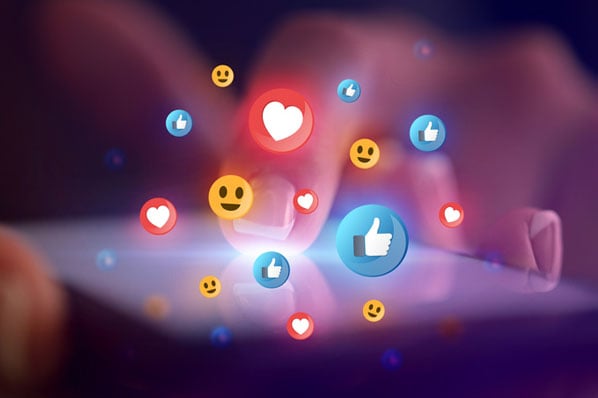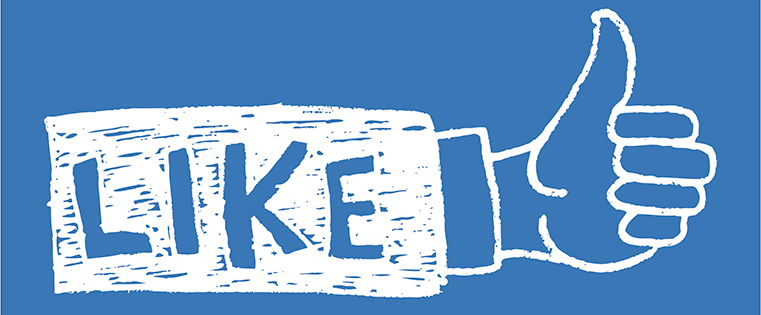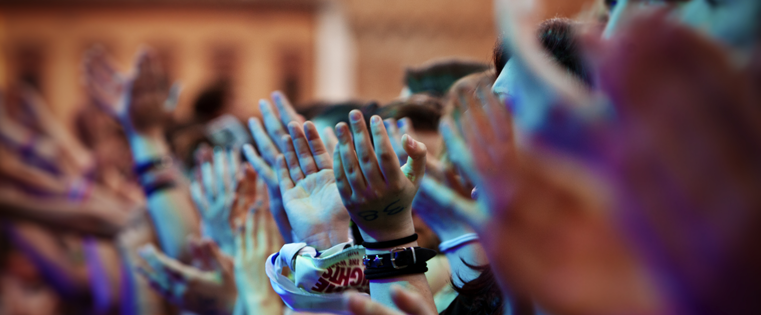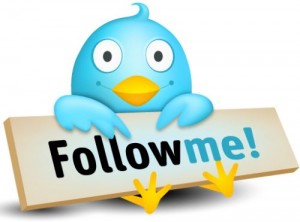From a marketing standpoint, emojis are undeniably useful. Emojis in a tweet can increase engagement by 25.4 percent, and emojis in a Facebook post can increase the number of likes by 57 percent and the number of comments and shares by 33 percent. If emojis can so drastically increase the likelihood of engagement, there’s no reason you shouldn’t be using them.
But with all that said, there are still 2,666 emojis to choose from. So which ones increase engagement the most? Which ones incentivize people to click your link? Which ones should you avoid?
We wanted to answer those questions for you, so we studied 19,617,281 of our own HubSpot published posts across all social platforms: LinkedIn, Facebook, Twitter, Google Plus, and Instagram (Instagram was studied for a shorter duration). Here’s what we found.
The Top Ten Most Popular Emojis
- 👉
- 👇
- 😉
- 🎉
- 🤔
- 👏
- 🚀
- 🔥
- 🎄
- 👀
These ten emojis are the most popular across all the social media platforms we support. I was initially surprised that the pointing finger outranked the winking face (and that the rocket even made the list) until I considered intent. Most marketers are writing content to direct you somewhere else, so if a pointing finger can playfully articulate “click here,” why not use it? Most of these emojis are useful year-round, but some, like the Christmas tree, are likely effective on a more seasonal basis. Some of them, like the winking or contemplative emoji, are probably popular because they convey your sense of humor or curiosity.
The Top Ten Emojis Most Likely to Increase Engagement
- 🙆
- 🍒
- 🐠
- 💃
- 🌤
- 💘
- 😔
- 💕
- 😢
- 💓
For our purposes, we’ve defined engagement as likes, comments, and shares. You'll notice that none of the top five emojis are faces. This could mean it’s productive to use less popular emojis in your marketing strategy, for the novelty factor, which is what I suspect is driving engagement. At least, novelty is the only conclusion I can draw from the cherry emoji … unless people like cherries more than I think?
The bottom five emojis all look related to Valentine’s Day. The fact that we ran this study in February around Valentine’s Day might have something to do with their popularity in this study, but we also wonder if posting a tear or sad faced emoji encourages people to give sympathy likes and engage more actively.
It certainly feels more urgent to respond to a crying face than a smiley face (in real life, too).
The Top Ten Emojis Most Likely to Encourage Click-Through
- 🐙
- 🐴
- 👖
- 🍒
- 🚂
- 🏳
- 🌉
- 🆓
- 👇
- 🎟
The above ten emojis lead to the most link clicks. None of these are faces, and with the exception of the down arrow, they are not the most popular or most frequently used (I can assure you, I’ve never used the jeans emoji). In fact, some of them are just insanely random -- why the octopus is in first place, we’ll never know, unless most of our followers are marine biologists. You’ll see the cherries in this list again (still not sure why those are so popular), and then some other emojis, like the train, which I can almost guarantee aren’t often used elsewhere.
It resembles an absurd game of pictionary, but perhaps randomness is what catches the viewer’s eye. Straying from the pack might lead to big advantages when you’re trying to attract attention to your link.
What now?
Hopefully, this data can help you humanize your brand and convey more meaning and emotion in your content. Emojis, even the octopi and horses … actually, especially the octopi and horses … encourage interaction from your audience, higher click-through rates, and better messaging from your brand.
But use them sparingly! Fill your content up with all the fishes you can find, and it’ll begin to look like an aquarium, not a business link.
Special thanks to Chris Sabanty for collecting the data used in this article.
Social Media Engagement

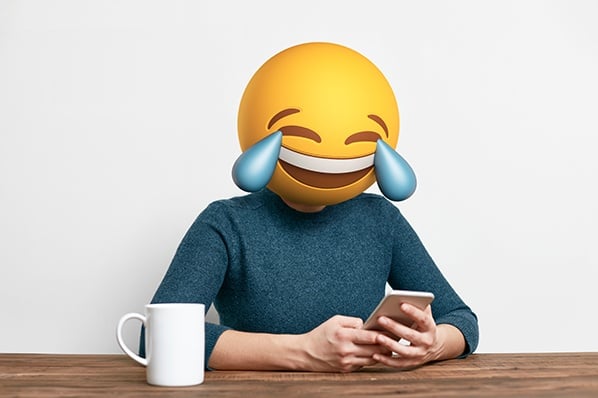


-1.jpg)
![How to Deal With Negative Comments on Social Media [+ Examples]](https://53.fs1.hubspotusercontent-na1.net/hubfs/53/Copy%20of%20Untitled-May-06-2022-04-54-09-47-PM.png)
